Polish air defense system in 1950–1960s
In the early post-war years, the air defense of the Polish Army was structurally identical to the air defense system of the Soviet army, equipped with Soviet-made equipment and weapons.
After the end of World War II, Polish air defense units were armed with 12,7 mm DShK anti-aircraft machine guns and 37 mm 61-K assault rifles. To combat bombers at medium and high altitudes, there were 85-mm guns.
The improvement of object and military air defense in the second half of the 1950s was associated with the adoption of new anti-aircraft machine gun mounts and anti-aircraft guns created in the USSR after the end of World War II. In the future, the Polish air defense units, in the framework of cooperation with the USSR, received radars, communications equipment, self-propelled anti-aircraft artillery installations and anti-aircraft missile systems. In addition to the equipment and weapons sent by the Soviet Union to the Warsaw Pact countries, licensed production of Soviet weapons and attempts were made to create their own samples.
Anti-aircraft gun mounts
In addition to the existing 12,7-mm DShK machine guns, Poland was supplied with modernized DShKM machine guns of Czechoslovak production, which had the designation Vz.38 / 46. Externally, the modernized machine gun was distinguished not only by a different form of muzzle brake, the design of which was changed back in the DShK, but also by the silhouette of the receiver cover, where the drum mechanism was abolished - it was replaced by a two-way powered receiver. The new power mechanism made it possible to use the machine gun in twin and quad installations.
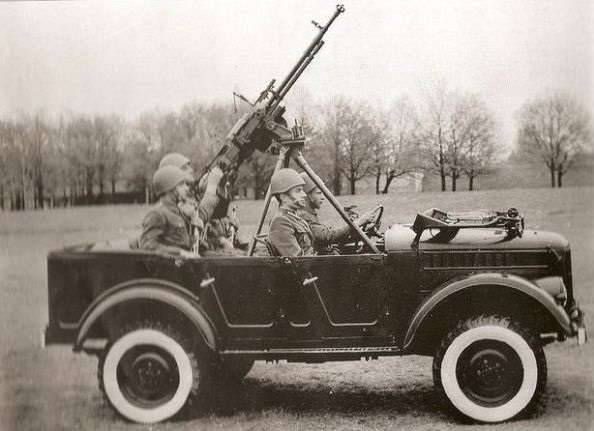
Anti-aircraft 12,7-mm machine guns were mounted on armored vehicles and light off-road vehicles GAZ-69.
In the mid-1950s, the Polish armed forces received a small number of 12,7-mm Vz.53 quad mounts produced in Czechoslovakia.
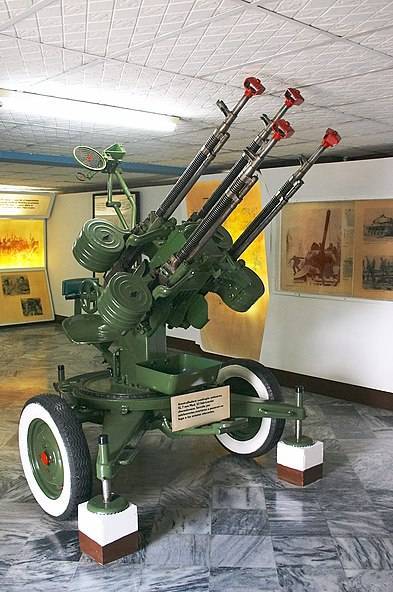
ZPU Vz.53 had a detachable wheel drive and weighed 558 kg in combat position. Four 12,7 mm barrels fired up to 60 bullets per second. The effective range of fire against air targets was about 1 m. In terms of range and reach in height, the Vz.500 was inferior to the Soviet quadruple 53 mm ZPU-14,5. But Vz.4 was much more compact and weighed about three times less in the transport position. She could be towed by a GAZ-53 car or placed in the back of a truck.
Twin 14,5-mm ZPU-2s (Polish designation - 14,5 mm przeciwlotniczy karabin maszynowy PKM-2) were supplied from the USSR, which, until the appearance of the Strela-1970M MANPADS in the mid-2s, along with 12,7-mm machine guns were the main means of air defense of the battalion level.
The ZPU-2 installation weighed about 1 kg and could be towed by a light off-road vehicle. The total rate of fire from two barrels is 000 rds / min. Combat rate of fire - 1 rds / min. Sights made it possible to fire at air targets flying at a speed of 200 m / s at a distance of up to 300 m.
For firing from the ZPU-2, cartridges of 14,5x114 mm dimensions were used. Bullet weight 60-64 g, muzzle velocity - from 975 to 1 m/s. The best efficiency against air targets with armor protection is demonstrated by a cartridge with a B-005 armor-piercing incendiary bullet weighing 32 g. This bullet pierces armor 64 mm thick at an angle of 20 ° from the normal at a distance of 20 m and ignites aviation fuel behind the armor. The ammunition of the installation may also include 14,5-mm cartridges with an armor-piercing incendiary tracer bullet BST, with an instantaneous incendiary bullet MDZ, with a sighting and incendiary bullet ZP.
In the armed forces of Poland, anti-aircraft installations ZPU-2 were used quite widely. To cover transport columns from air strikes, they were placed on trucks.
В tank and motorized rifle units had ZSU BTR-152A. This anti-aircraft wheeled self-propelled gun was an armored personnel carrier with a ZPU-2 located in the troop compartment.
The machine is covered with armor that provides protection from rifle-caliber bullets. ZSU BTR-152A weighing 9,6 tons could accelerate on the highway to 65 km / h. Crew - 6 people.
Anti-aircraft artillery pieces
In the 1950s, licensed production of Soviet-style anti-aircraft guns was carried out at Polish enterprises. Under the name 85 mm armata przeciwlotnicza wz.1939, 85 mm KS-12 guns were produced, and 37 mm machine guns mod. 1939 had the designation 37 mm armata przeciwlotnicza wz. 1939.
85-mm anti-aircraft gun KS-12 mod. 1944 in a combat position without a shield weighed about 4 kg. A fragmentation grenade with a remote fuse weighing 300 kg left the barrel with an initial speed of 9,2 m / s. The reach in height was a little over 800 m. The rate of fire was up to 10 rds / min. Highway towing speed - up to 000 km / h. Calculation - 20 people.
The volume of production of anti-aircraft guns in Poland was significant. So, from 1950 to 1956, about 900 85-mm anti-aircraft guns were produced. But, in connection with the re-equipment with anti-aircraft missile systems, 85-mm anti-aircraft guns were put into reserve in 1965, where they were until 1981.
The production of 37-mm machine guns was carried out from 1951 to 1956. In five years, the Polish industry delivered about 600 guns, and about 60 more units were delivered from the USSR. As of January 1, 1957, there were 647 37-mm and 1 008-mm guns available.
The Soviet 37 mm automatic anti-aircraft gun of the 1939 model (61-K) was in many ways a copy of the 40 mm Bofors L60 anti-aircraft gun. In a combat position without a shield, the 37-mm installation weighed 2 kg. The mass of the fragmentation projectile is 100 g. The initial speed is 730 m / s. Tabular range to self-destruction - 880 m. Practical rate of fire - 4000-120 rds / min. The speed of transportation on the highway is up to 140 km / h. Calculation - 60 people.
In the early 1960s, the withdrawal of 37-mm rapid-fire anti-aircraft guns to the reserve began. But after the Arab-Israeli conflict in 1967, the command of the Polish Army revised its views on the role of small-caliber anti-aircraft artillery in providing air defense for troops and important facilities.
In connection with the transition of strike aviation to operations at low altitudes, to cover concentrations of troops, bridges, airfields and other important objects, the number of 37-mm anti-aircraft guns available to the troops even increased, and this situation remained until the end of the confrontation between the ATS and NATO. So, in 1981, the troops and in storage had more than 800 37-mm machine guns. Only in the anti-aircraft units of the Ground Forces there were more than 400 units. The final decommissioning of these relics of World War II took place in the mid-1990s.
In 1957, the Polish People's Army received the first 57-mm S-60 anti-aircraft guns. The Soviet Union supplied 24 anti-aircraft guns. From 1958 to 1964, licensed production of 57 mm anti-aircraft guns (Polish designation 57 mm armata przeciwlotnicza S-60) was carried out at a plant in the city of Tarnow.
The 57-mm S-60 automatic gun weighed 4,8 tons in combat position. The combat rate of fire was 80–90 rds / min. Reach in height - up to 4 m. Range for air targets - up to 000 m. Maximum air target speed - 5 m / s. Calculation - 000 people.
The ESP-57 battery follower set was designed for automatic guidance in azimuth and elevation of eight 57-mm S-60 guns. Typically, an anti-aircraft battery had six anti-aircraft guns. When firing, PUAZO-6-60 and a gun-guided radar SON-9 were used.
There were two main types of ammunition in the S-60 ammunition: fragmentation tracer and armor-piercing tracer. The fragmentation projectile OR-281 (OR-281U) weighing 2,81 kg was equipped with an impact fuse with a self-liquidator. Self-liquidation occurred 15–16 hours after departure from the barrel at a distance of 6,5–7 km.
The 57-mm anti-aircraft gun had good anti-armor capabilities. For this, there was a UBR-281 shot with an armor-piercing tracer projectile BR-281 (BR-281U) weighing 2,85 kg. He left the barrel with an initial speed of 1 m / s, and at a distance of 000 meters at a meeting angle of 1o, he pierced an armor plate 000 mm thick.
At the end of 1958, the anti-aircraft artillery regiments of the Polish tank divisions began to receive ZSU-57-2 self-propelled guns. In total, according to Polish data, 48 units were received.
ZSU-57-2 was created on the basis of the T-54 tank. The armament consisted of a twin S-68 artillery mount, which used 57-mm S-60 guns. The rate of fire of the twin installation reached 480 rds / min. However, the actual rate of fire was no more than 180 rds / min.
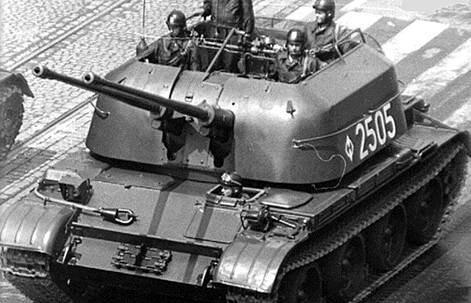
The mass of the vehicle in the combat position was 28 tons. The internal units and the crew were covered with 8–13 mm bulletproof armor. From above, the tower of the anti-aircraft installation had no armor. Highway speed up to 50 km/h. Crew - 6 people.
Although the mobility of a caterpillar self-propelled gun armed with two 57-mm anti-aircraft guns increased compared to a towed gun, the effectiveness of an anti-aircraft artillery battery, which had four installations, was significantly worse than that of a six-gun S-60 battery.
The accuracy of shooting was negatively affected by the lack of a radar automated fire control system. When firing at air targets, the crew of an anti-aircraft self-propelled gun determined the range and flight speed visually. The twin installation S-68 had low angular speeds of aiming the weapon at the target. The probability of hitting an air target could be increased by introducing shells with a radar fuse into the ammunition load, but this never happened.
57-mm rapid-fire towed guns and self-propelled artillery mounts were armed with anti-aircraft artillery regiments attached to motorized infantry and tank divisions, as well as designed to protect strategically important objects. S-60 automatic guns were evenly distributed among the Ground Forces, the Coastal Defense Forces and the National Air Defense Forces.
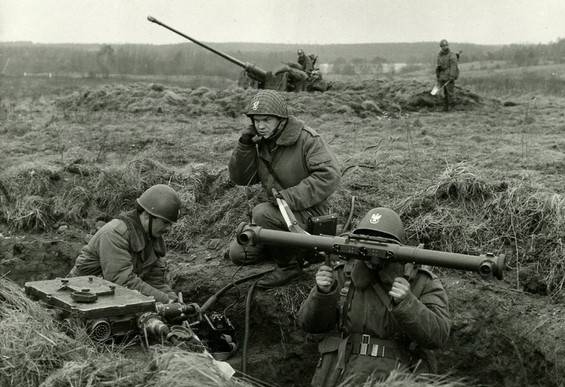
The ZSU-57-2 self-propelled guns were operated until the mid-1970s, when they were replaced by the ZSU-23-4 Shilka. The towed 57mm guns lasted longer and were put into reserve in the late 1990s.
In parallel with the 57-mm anti-aircraft guns, 100-mm KS-19M2 guns were supplied from the USSR. But if the 57-mm anti-aircraft guns were supplied to the anti-aircraft ground forces, the coastal units of the Navy and the object air defense, then only the National Air Defense Forces were equipped with 100-mm anti-aircraft guns. Before the advent of anti-aircraft missile systems, 100-mm anti-aircraft guns were the only means of combating high-altitude air targets.
The 100-mm anti-aircraft gun KS-19 provided shelling of air targets that had a speed of up to 1 km / h and a height of up to 200 km. All elements of the complex in a combat position were interconnected by an electrically conductive connection. Guiding the gun to a pre-emptive point was carried out by the GSP-15 hydraulic power drive from POISO, but it was possible to point it manually.
In the KS-19 cannon, the following are mechanized: setting the fuse, sending the cartridge, closing the shutter, firing a shot, opening the shutter and extracting the cartridge case. Rate of fire 15 rds / min. The weight of the gun is 9 kg. Calculation - 460 people. Towing speed - up to 7 km / h. The active service of these guns continued until the second half of the 35s, after which they were stored until the end of the 1970s. Several dozen 1980-mm anti-aircraft guns were available in coastal artillery units.
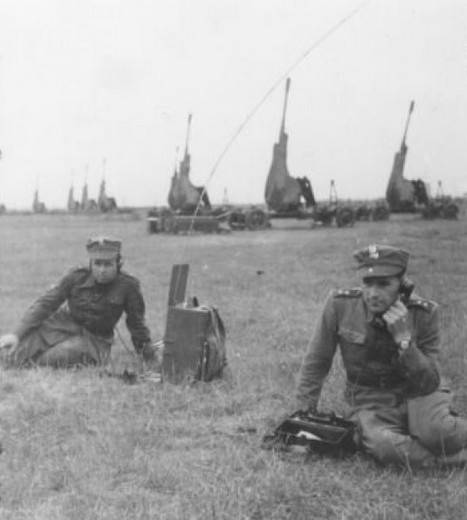
As of January 1, 1961, the troops had 224 100-mm guns KS-19, 340 85-mm wz. 1939, 316 57mm S-60s and 58 37mm guns. At that time, most of the available 37-mm machine guns were put into reserve, but later they were returned to service.
In total, the armed forces of socialist Poland had 15 anti-aircraft artillery regiments, including eight consolidated into two 4-regiment anti-aircraft divisions located near large urban and industrial agglomerations. Anti-aircraft divisions defended Warsaw and the Upper Silesian industrial district. Separate anti-aircraft regiments covered: Szczecin, Wroclaw, Poznan, Bydgoszcz, Krakow Zgierz and Gdynia. The regiment stationed in Nisko was intended to cover the crossings across the Vistula.
Radar facilities
The first Polish radar company was formed at Bemowo Airport in 1949. This unit operated the AN / TPS-3, SCR-527 and SCR-584 radars supplied by the USSR under Lend-Lease.
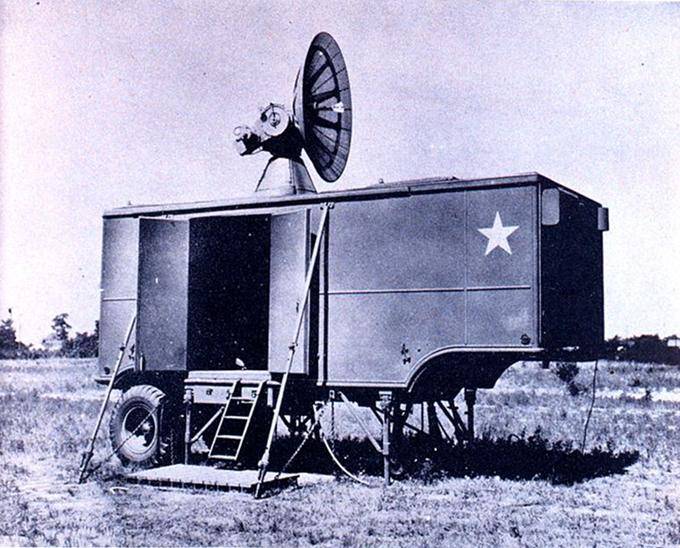
The American radars had good characteristics and were fully consistent with their purpose, but due to the development of the resource and the lack of spare parts, they were decommissioned and transferred to training units three years later.
In 1952, the Polish radio engineering units began to master the Soviet P-3A radar.
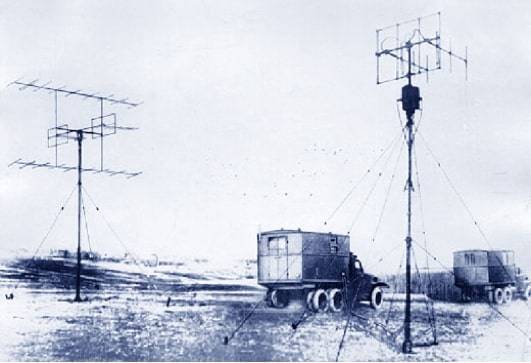
The P-3 radar was put into service in 1945 and was intended to replace the RUS-2. Many design solutions for the P-3 are borrowed from the British Bady Maggi radar. After the war, the mobile radar was modernized and from 1948 was produced under the designation P-3A. Station elements were placed on the chassis of two Studebaker US6 vehicles. The detection range of targets flying at high altitude, in a simple jamming environment, reached 120 km. The maximum detection height is 10 km.
Since 1956, the P-20 standby radar has been used to control the airspace of Poland. This centimeter-range station had the ability to detect large air targets at a distance of up to 190 km.
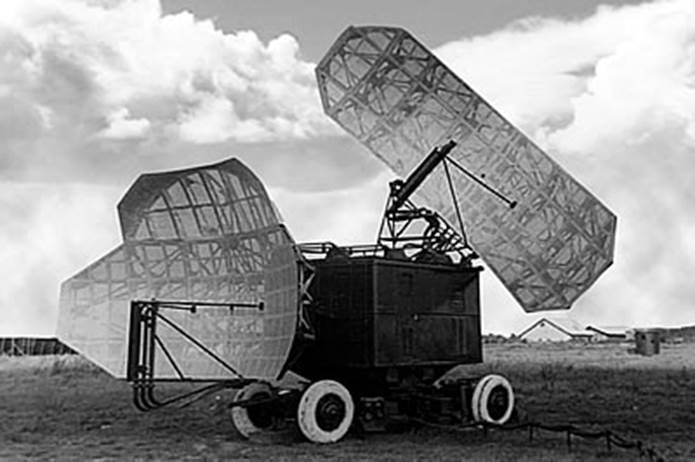
A further development of the P-20 radar was the P-30, the production of which began in 1955. The P-30 mobile two-coordinate all-round viewing station with a pulse power of 1 MW ensured the detection of a fighter aircraft at a distance of 170–180 km at altitudes of 8–12 km. The operation of stations of this type in Poland began in 1959 and ended in the early 1980s.
For the timely detection of air targets in anti-aircraft artillery regiments, there were P-8 and P-10 mobile radars on the ZiS-151 automobile chassis.
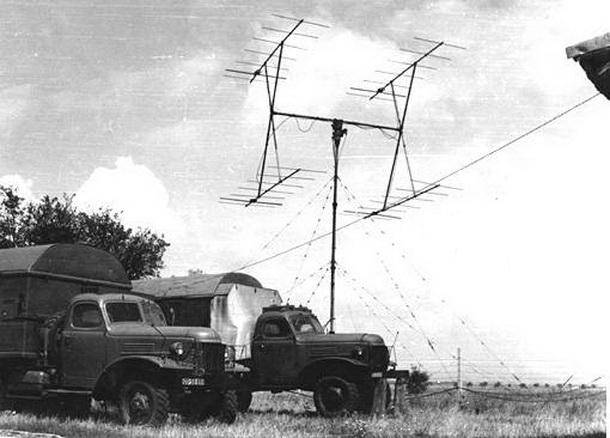
The P-8 meter-range radar could detect targets flying at an altitude of 8 m at a distance of up to 000 km. The P-160 station was a further development option for the P-10 radar and had a detection range of 8 km.
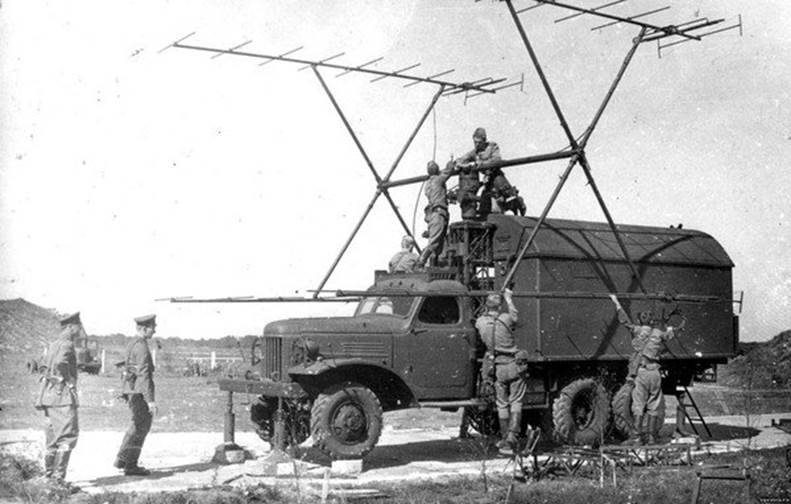
To guide the fire of each anti-aircraft battery KS-19 and S-60, in addition to optical PUAZO, it was supposed to have a gun-guided radar station SON-4 or SON-9.
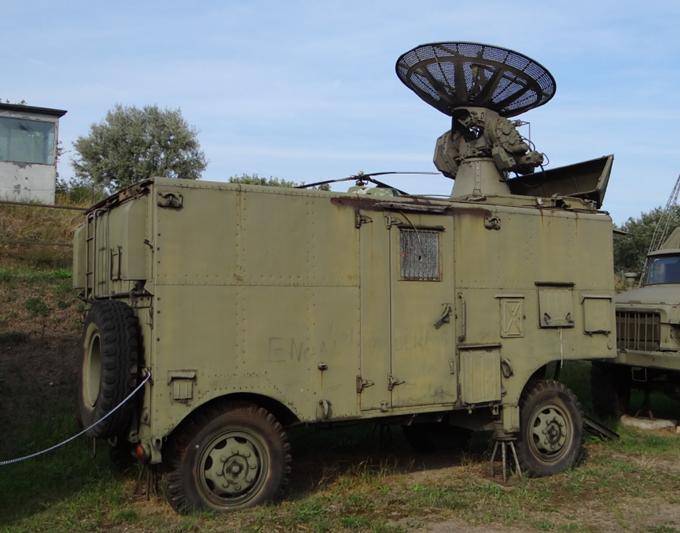
Gun guidance stations SON-4 and SON-9 could not only provide information for automated guidance of anti-aircraft guns, but also independently search for air targets at a distance of 40-60 km.
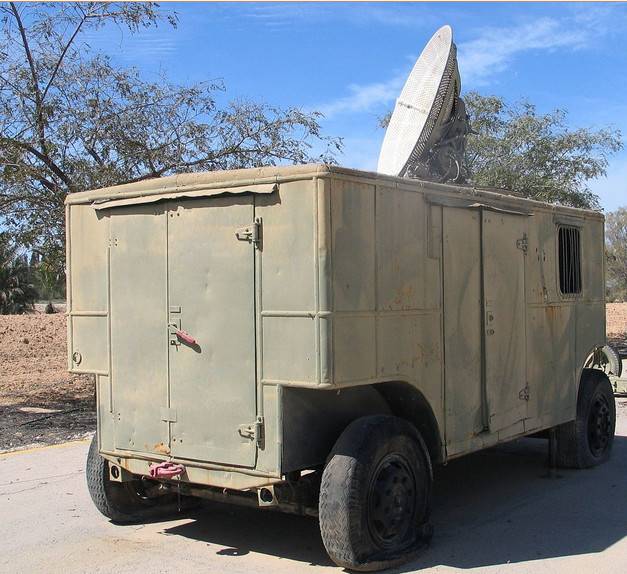
In 1952, the Nysa-A mobile radar was created at the Warsaw Institute of Technology. Its design largely repeated the German Freya radar, but was mainly built on the American element base. The station's transmitter operated at a frequency of 600 MHz. The pulse power was 200 kW. Antenna rotation speed - 5 revolutions per minute. The main elements of the radar were placed on the ZiS-150 chassis.
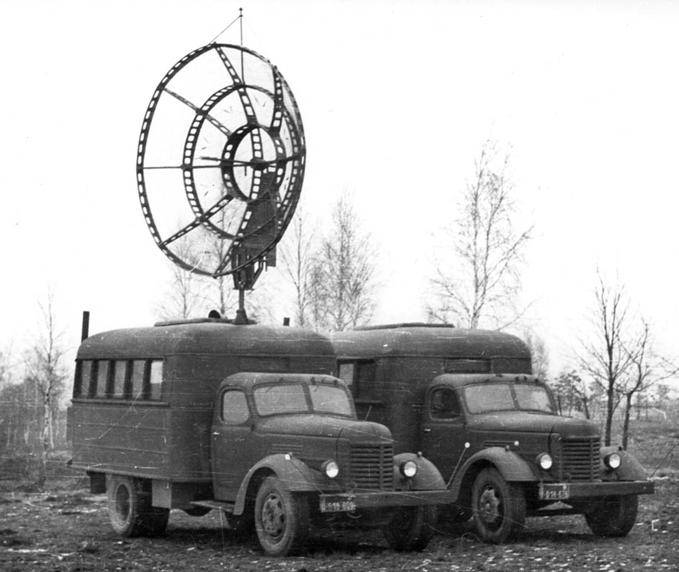
Tests of the first Polish radar were completed in early 1953. The detection range of the MiG-15 fighter flying at an altitude of 5 m was 000 km. The radar was far from perfect, but it was adopted by the Polish Air Force to monitor the airspace. Until 150, 1954 Nysa-A mobile radars were manufactured. These stations served until the second half of the 5s.
In 1957, the Nysa-B mobile radio altimeter mounted on a wheeled trailer entered service with the Polish radio engineering troops.
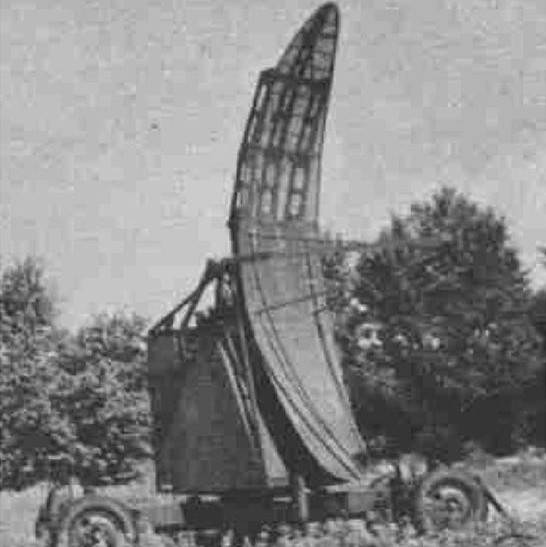
The UHF station had a pulse power of 1 watts. Range - 000 km.
In 1957, the Rawar enterprise, located in Warsaw, began producing the Nysa-C standby radar. This fairly large radar operated in the decimeter frequency range and could detect air targets at a distance of more than 200 km.
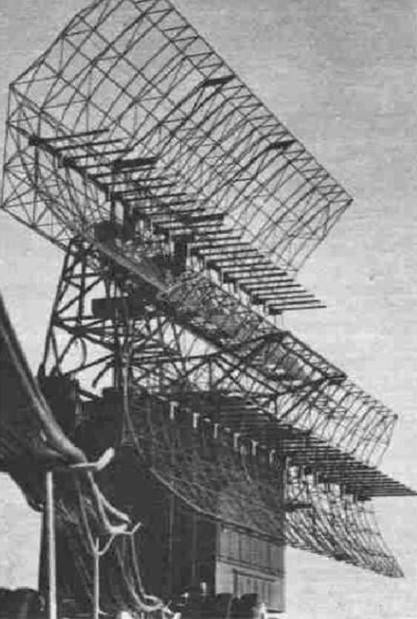
The Nysa-C radar was actually stationary. For its redeployment, it was necessary to attract several cargo platforms and tractors. Usually, the Nysa-C and Nysa-B stations were operated together, forming a three-coordinate radar complex.
In 1954, the airspace of Poland was controlled by four permanent radar posts, on which more than 20 radars were deployed. In 1956, the number of radar stations in the troops amounted to 65 units. At the beginning of 1963, 44 radar companies were armed with 94 radars.
Anti-aircraft missile systems
By the mid-1950s, due to the increase in the speed and altitude of jet combat aircraft, medium and large-caliber anti-aircraft artillery ceased to be an effective means of air defense. The problem was aggravated by the fact that a single bomber carrying an atomic bomb that had broken through the air defense lines could inflict critical damage on the defending side. Simultaneously with the creation of jet all-weather interceptor fighters with supersonic flight speeds and equipped with airborne radar stations, automated guidance lines and guided missiles, work began on the creation of anti-aircraft missile systems in the USSR.
The first mobile air defense system, which entered service with the USSR Air Defense Forces in 1957, was the Dvina CA-75. For the defeat of air targets, radio command B-750 anti-aircraft missiles (1D) were used. The engine Zour worked on kerosene, the oxidant was nitrogen tetroxide. The launch of the rocket from an inclined launcher with a variable starting angle and an electric drive for turning in angle and azimuth took place with the aid of a detachable solid-fuel first stage. A guidance station operating in the 10-cm range was able to track one target and direct up to three missiles at it. In total, the anti-missile battalion had 6 launchers that were located up to 75 meters from the guidance station. Due to the fact that the ZRK used its own radar means for detecting airborne targets: P-12 radar and PRV-10 radar altimeter - the anti-aircraft missile division was able to conduct combat operations autonomously.
Already in the second half of 1959, the selection of Polish officers for training in the USSR began. The first launch of the SA-75M missile was carried out on October 11, 1960 at the Soviet test site in Ashuluk. Four SA-75M firing divisions and one technical division were formed in Poland at the end of 1960.
In total, Poland received 17 SA-75M Dvina air defense systems and 5 technical divisions, in which missile maintenance and equipment were carried out, as well as 859 V-750 air defense systems. In 1962, four more fire and one technical division were formed.
In connection with the transition to anti-aircraft missile systems, in the 1960s there was a reduction in the number of anti-aircraft artillery available in the combat units of the armed forces of Poland, and the number of air defense systems, on the contrary, increased.
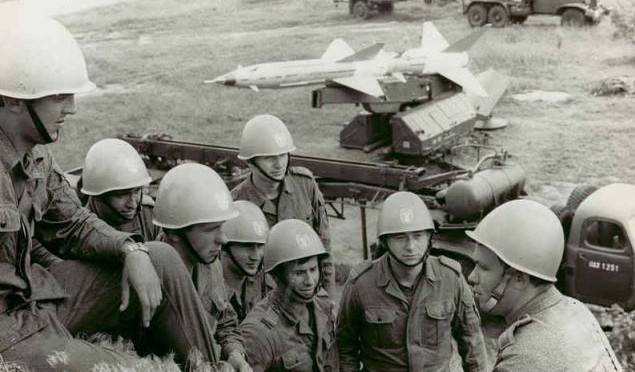
In the second half of 1963, an agreement was reached on the acquisition of the S-75M Volkhov air defense system. In early 1964, the first set of S-75Ms arrived in Poland from the USSR. Between 1964 and 1973, Poland received 1 B-362 missiles, 755 fire battalions and 24 technical battalions.
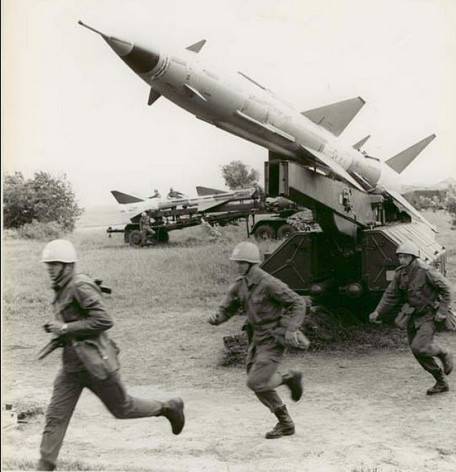
Compared to the SA-75M air defense system on the S-75M, the maximum range for hitting air targets was increased from 34 to 43 km, missile guidance accuracy was improved, the probability of hitting and noise immunity were increased.
During the Cold War, reconnaissance aircraft of NATO countries often violated the air border from the Baltic Sea. The most active were West German Breguet Br.1150 Atlantic patrol aircraft flying into Polish airspace near Wolin Island.
To suppress reconnaissance flights in December 1968, one S-75M division was secretly relocated to Volin Island. At the same time, the division commander received an order, if necessary, to open fire to kill without a preliminary report to the higher authorities. However, it did not come to combat shooting. Radio-technical reconnaissance means of NATO aircraft recorded the operation of the CHP-75 guidance station, and violations of the air border in this area ceased.
To be continued ...
- Linnik Sergey
- Polish air defense systems in World War II
Polish jet fighters of the first generation
Fighter aircraft of Poland in the 1970s–1990s
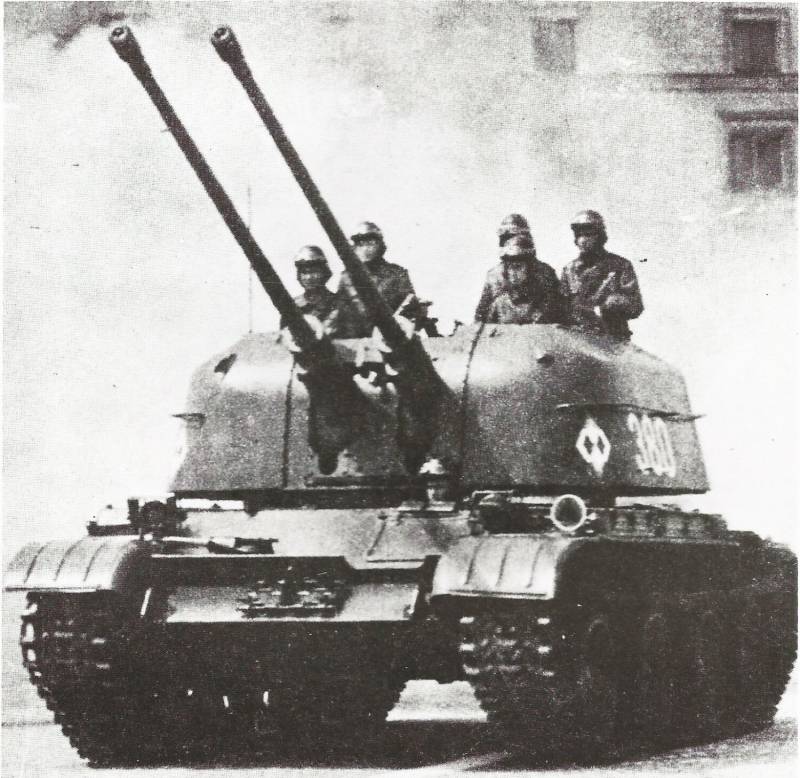
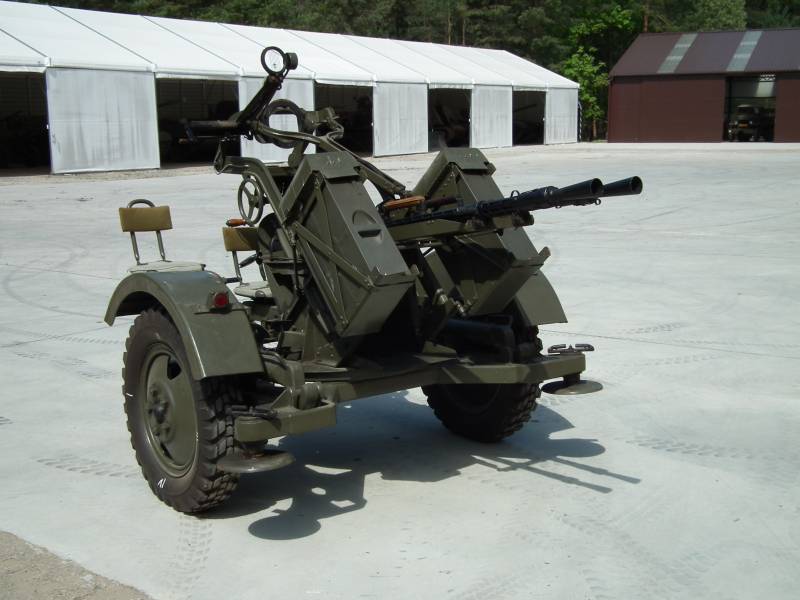
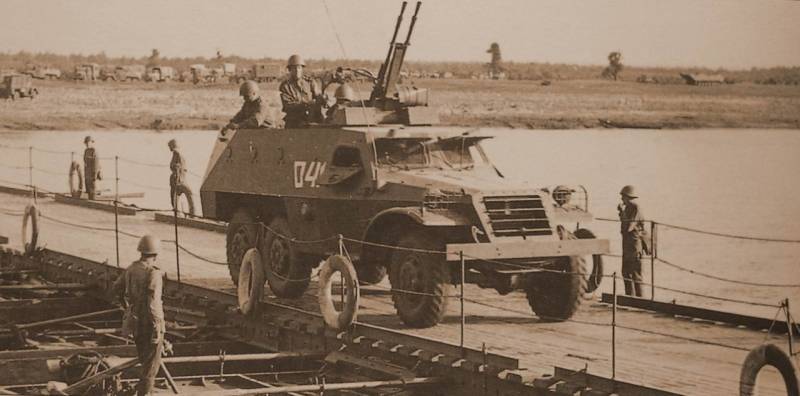
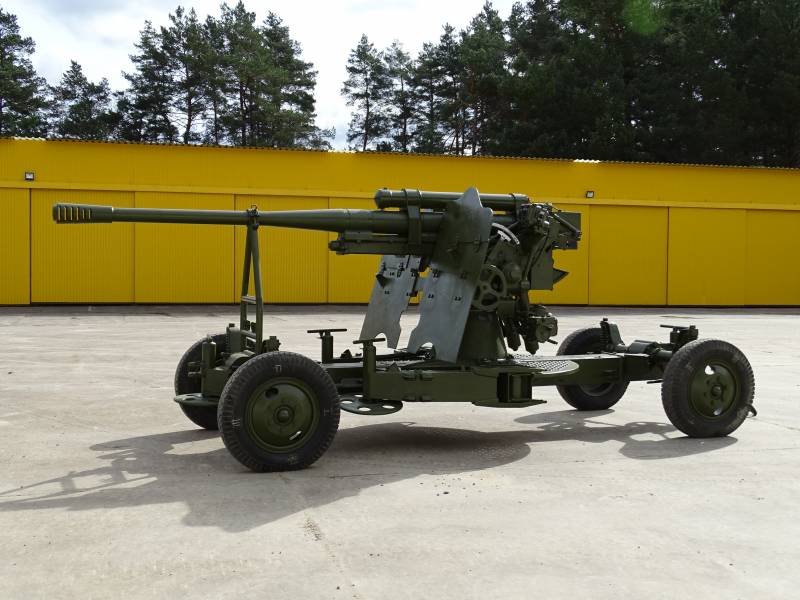
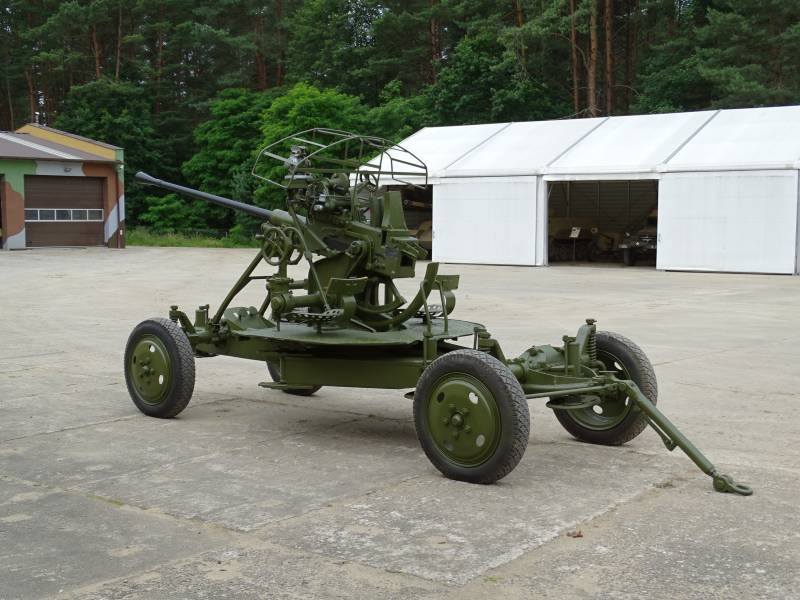
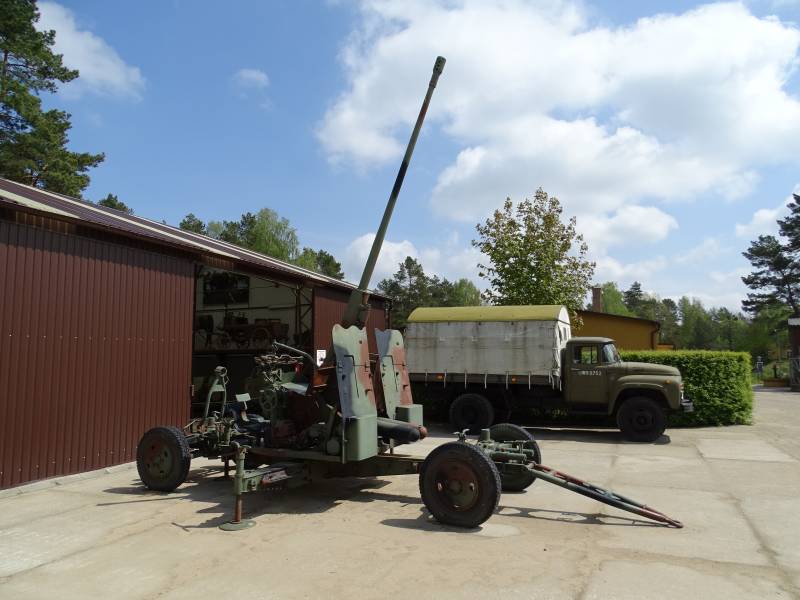
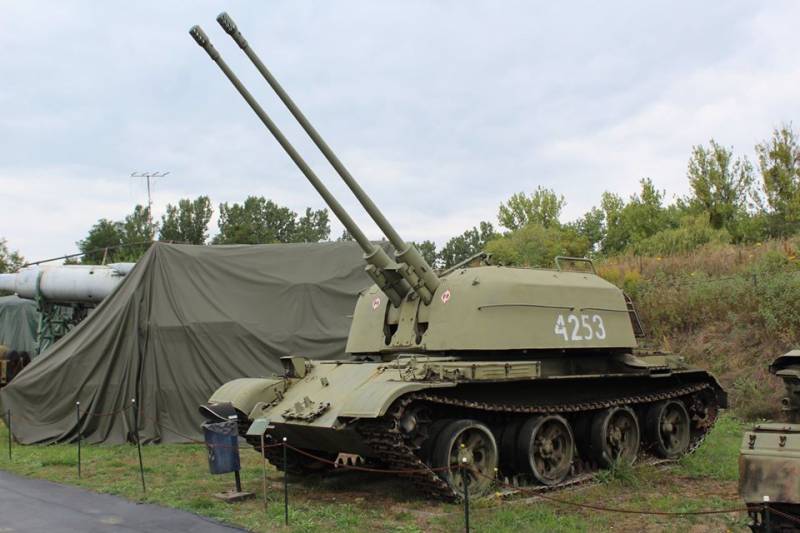
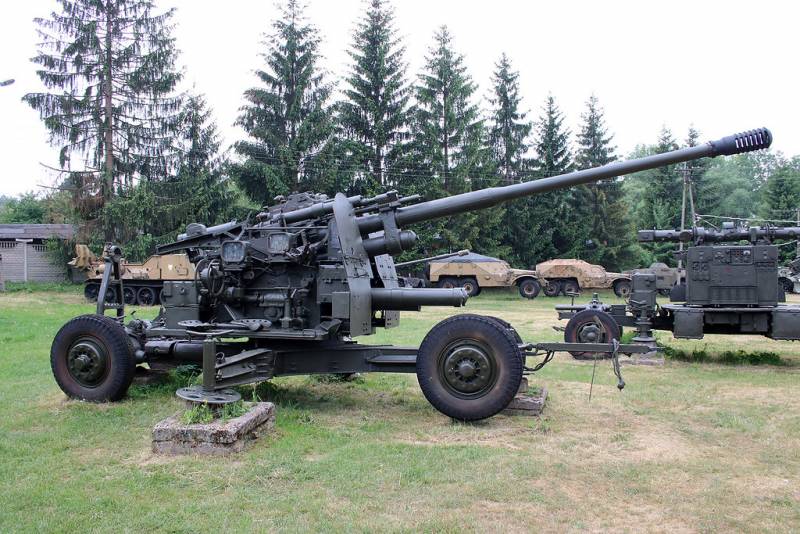
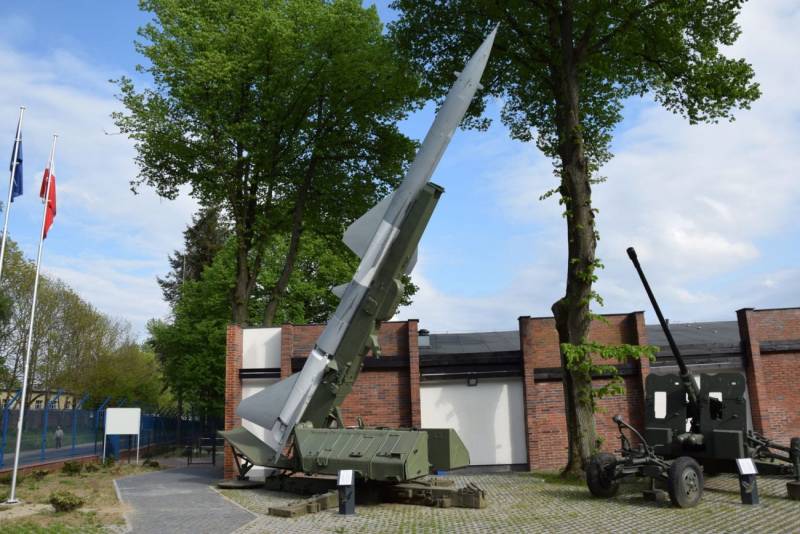
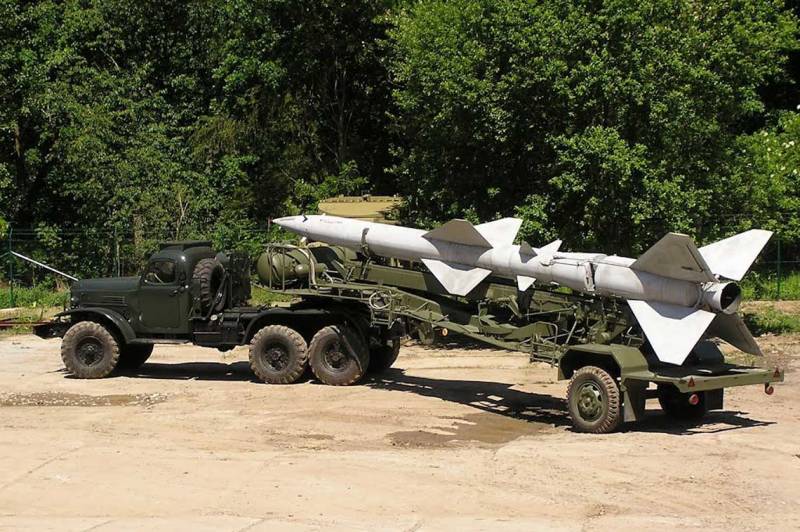
Information